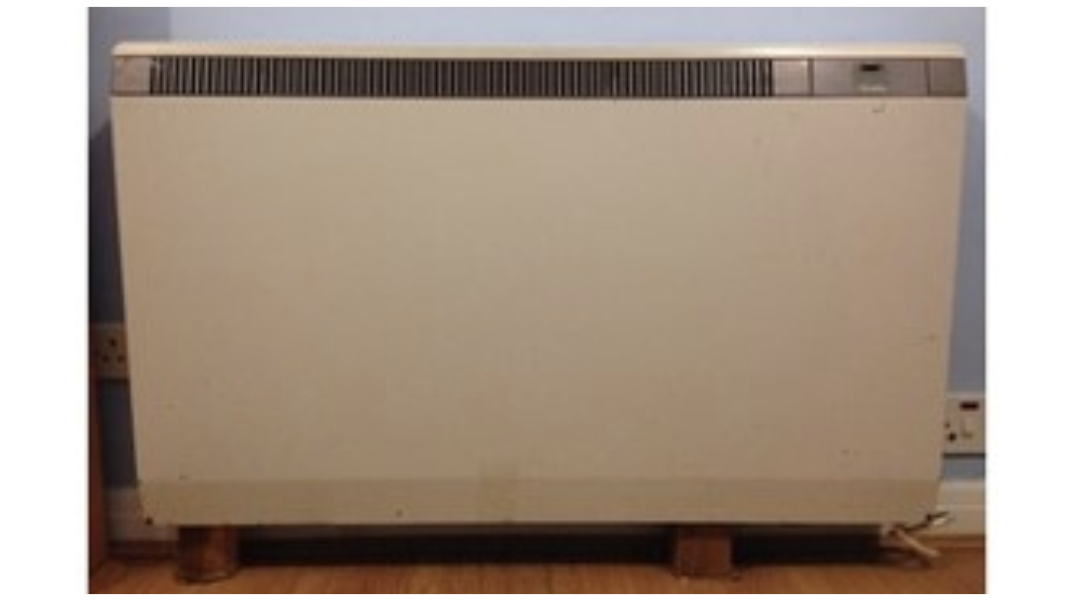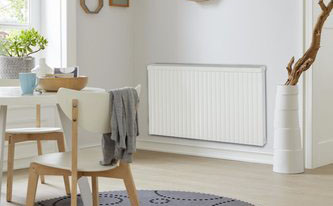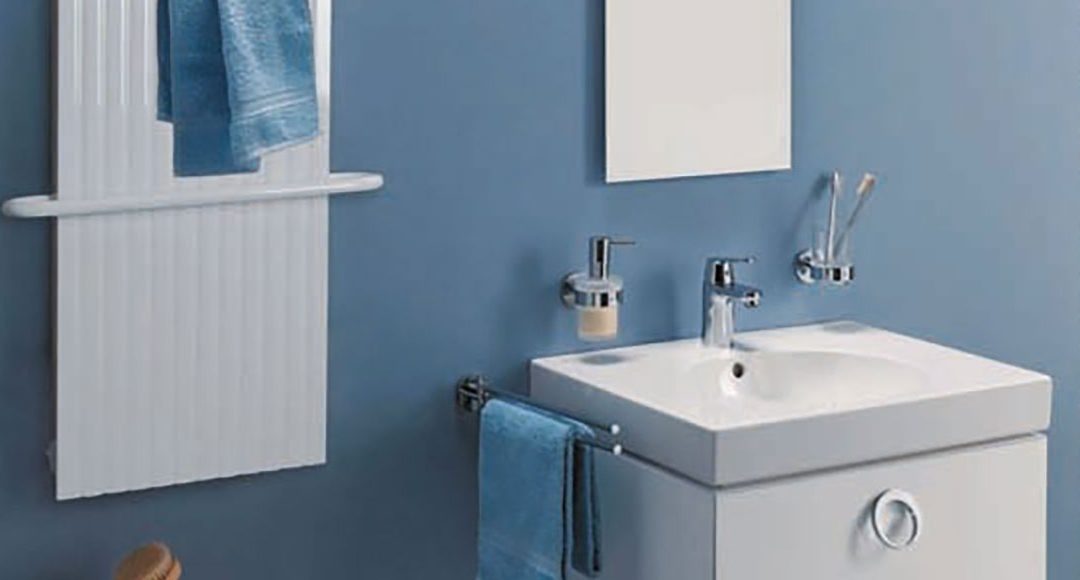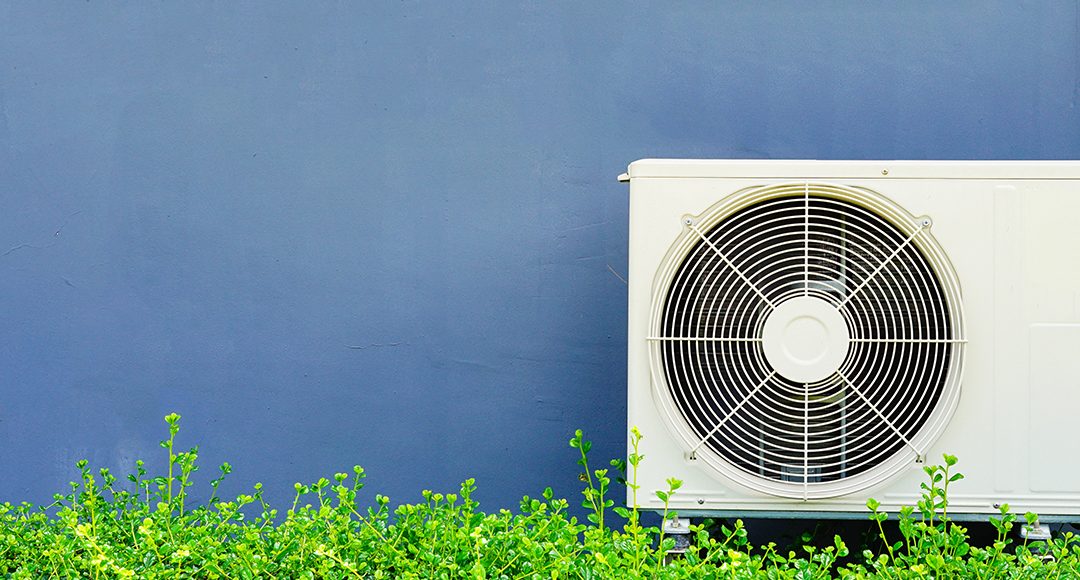
5 Reasons You Should Replace Your Storage Heaters…
by Reece Simmons | May 14, 2019 | Energy
For the 3.9 million UK households not on the mains gas network, the default position is often to heat their homes with electric Storage heaters.
As one of the most expensive ways to heat a home, the bills from this type of system can be crippling, with householders paying on average £1,500-£2,000 per year.
There are lots of individual reasons why you should replace your old storage heaters, & the most common reasons are;
- Lack of control – They heat up through the night and release most of the heat during the day. Unfortunately, by early evening when it is getting cold, most of heat has gone and a secondary heater must be used. Homes can be too warm during the day and there is a need to open a window, wasting all that energy.
- Cold Feet – With no convection, the heat rises and heats from the ceiling down, leaving you with cold feet.
Tariff – while you are buying cheaper electricity at night (economy 7 tariff or similar normally midnight till 7 am) for storage heating, unfortunately, you are also paying extremely high rates for all your other appliances and electricity needs during the day and night.
- Appearance – Often old storage heaters are big clumpy outdated units that discolour walls and are not very aesthetically pleasing to the eye.
- Health – Old storage heaters produce a dry burning heat that subsequently deposits carbon elements directly into the atmosphere. This carbon release can be hazardous to your health, especially those suffering from asthma. Some very old heaters even contain asbestos!
So why pay more for heaters that use more energy than you need to, heat the home at inconvenient times, give you no control over the temperature you want your home at and you have to pay excessively higher rates for your other electricity usage?
What can I do to reduce my bills?
Keep the heat in
One of the most important pieces of advice we can offer is to stop wasting the heat that you’re paying for.
Insulating the loft and cavity walls is very affordable and could even be free of charge under Government schemes.
Draught-proofing, investing in heavy curtains and closing them at dusk can all avoid the heat loss that will cause your heaters to work overtime and will allow you to keep heat in your home longer.
Is my home suitable?
German electric heating systems are ideal for people not connected to gas mains and would like to upgrade from old electric storage heaters or oil heating systems.
Check your tariff
There are so many fuel suppliers out there now, there’s no need to stick with any of the big brands.
Known as the ‘big six’, the major energy suppliers have a track record of charging more than many of the smaller companies out there, and a simple switch to a different provider could save you on average around £262 a year.
If you’ve been with your supplier for some time, chances are you’ve been put on a standard tariff and are paying way more than you need to.
If you have night storage heaters in your home, you will probably be on an Economy 7 or similar type of tariff, normally split into a day and night rate or peak and off-peak.
Check Your German Electric Heating Suitability Here.
This will allow you to get cheaper electricity overnight, normally midnight till 7 am when you are asleep.
What many people don’t realise is that this type of tariff on the day/peak times is much more expensive and can be up to an extortionate 60% or even 70% more expensive than a standard single tariff rate.
Shockingly these times are when you are awake and using all your electric appliances!
Can you afford it?
The cost of new efficient German electric heating system can be more expensive than storage heaters. However, when you offset the energy savings and add in the comfort factor the extra initial cost is worth the longer-term investment.
Controlling your heating
The problem with old night time storage heaters is that the heat output can be very difficult to control.
Often these heaters are limited to simply an input and output dial, which are ineffective in terms of control and often don’t work that well anyway.
They usually belch out heat early in the day, just when you don’t need it, and have run out of charge by late afternoon, leaving you to rely on expensive secondary heaters on a high rate tariff to stay warm in the evening.
If this sounds all too familiar to you, upgrading to a newer alternative could help you take control of your heating needs.
What Are The Next Steps to More Affordable Bills, & More Reliable Heating?
If you’re spending a fortune on old, inefficient storage heaters, you could save on your energy bills and the environment by upgrading to a modern alternative.
New German Electric Heaters have the ability to heat individual rooms to whatever temperature you desire. Once your room reaches the desired temperature the thermostat will maintain an even heat using a high-efficiency trickle charge.
Each heater has an individual timer meaning that you are in full control of heating each room at the times you need the heat. This is a way for you to stop wasting energy and money and have a lovely warm comfortable home.
German manufacturers are the leaders in the industry providing state of the art, cost-effective alternatives to night storage heaters.
In tests, the manufacturer WIBO’s heaters only drew energy for a maximum of 12 minutes per hour of supplied heat and heated to full capacity within just seven minutes.
This exciting technology is available to UK households straight from the UK factory and could see you keeping warmer for less.
For more information and to find out how much you can save, start by answering the question below:

















